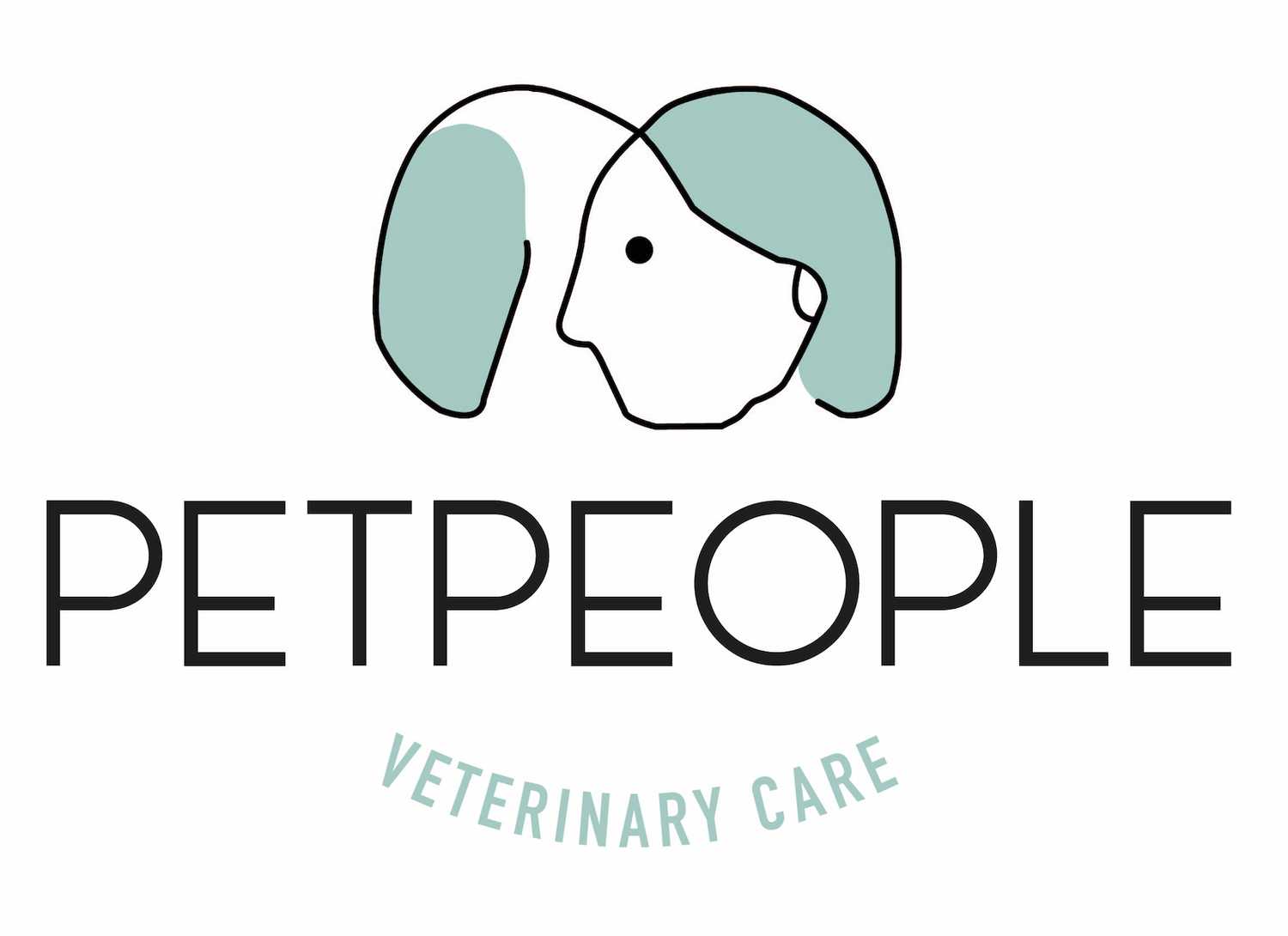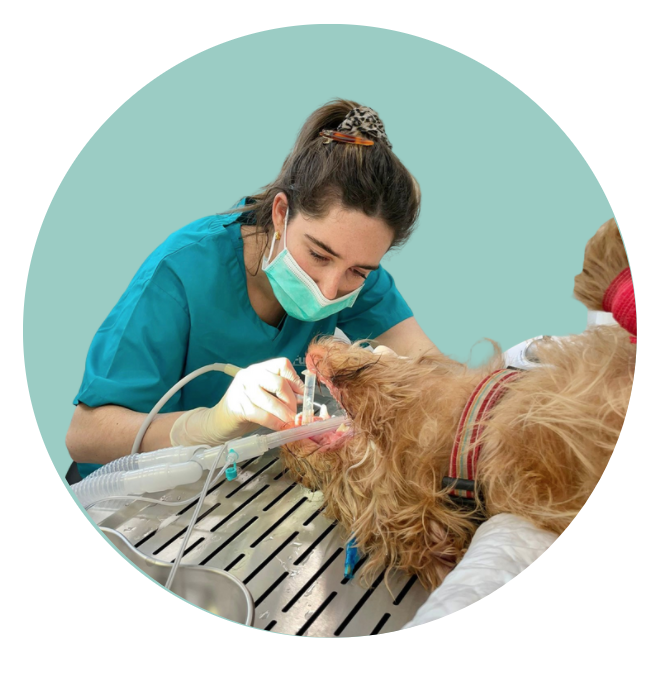Say Cheese!- Recognising the importance of dental care in your pet.
Dental disease in our pets is an extremely common condition. Imagine if you didn’t clean your teeth for many years, as you can imagine, they would not be in the best condition. Generally speaking, dental health declines with age and the mouth can become very painful and infected. Luckily there’s lots you can do as an owner to care for your pet’s teeth.
So what is dental disease?
Dental disease, also known as periodontal disease is a condition by which the gums become inflamed and painful. Dental disease can be diagnosed with a combination of patient history and by performing an oral examination in a consultation. Maybe you have noticed your cat struggling to chew their kibble? Are you noticing excessive amounts of saliva when your pet is eating? All of these could be indicators that your pet has some degree of dental disease.
What are the signs of dental disease?
Yellow/ brown coloured teeth
Red/ bleeding gums
Wobbly teeth
Difficulty eating/ chewing
Dribbling
Face rubbing
Weight loss.
Increased incidence of oral cancer.
Chronic dental disease can also cause problems in other areas of the body as a result of unresolved disease. This can include disease of the kidneys, liver and heart. It can also increase the chances of your pet developing diabetes and shorten their lifespan.
What can I do at home to care for my pet’s teeth?
The best thing you can do as a pet owner is get your cat or dog used to having their teeth cleaned from an early age. This should be a positive experience for your pet and does take a little time to get the hang of. Other options for dental care are dental diets and powder additives for their water that break down plaque and enzymatic toothpastes. Commercial ‘dental health’ sticks tend to be extremely high in fat content and can contribute to significant weight gain and the affect they have on your pet’s teeth is minimal.
How often does my pet need a dental check?
We would recommend your pet having their teeth checked every time they come in for an appointment as part of their head to tail examination. If we don’t see your pet as often, we would like to look at their teeth on a 6 monthly basis. You should check your pet’s mouth at least once a week to look for any new growths, damaged teeth or any new smells which could indicate injury or disease.
What is involved in a dental procedure for my pet?
In order for your pet to undergo a dental procedure they will need to be fully anaesthetised. This is so we can fully examine their mouth. Once your pet is asleep, we will take full mouth x-rays so we can see what is going on with the teeth below the gum line. We then do a scale procedure to remove cemented tartar with special ultrasonic scaling equipment followed by a polish with toothpaste to smooth the enamel.
If there are any damaged or diseased teeth, these will need to be surgically removed and, in some cases, stitches are required. These stitches do not need to be removed but we will want to see your pet for a follow up check to ensure everything is healing nicely. Generally, pets are much more comfortable once painful teeth have been removed and recover quickly. If your pet has had teeth extracted, we will recommend soft food for a week whilst the mouth heals.
Contact us today to get your pet booked in and get those teeth looking pearly white!
More information on pet dental care can be found below:



